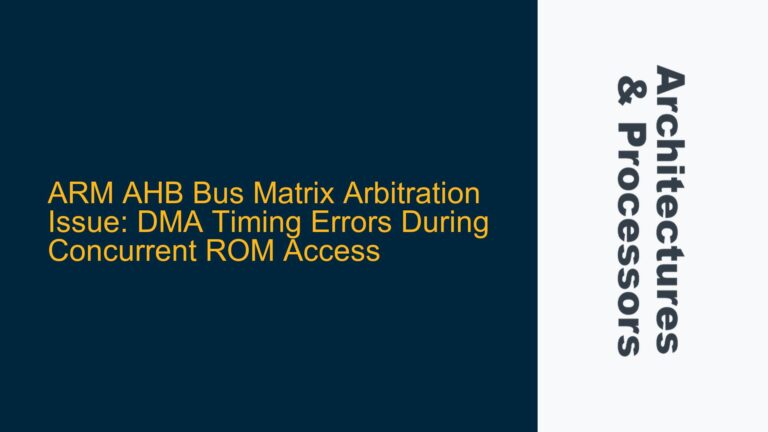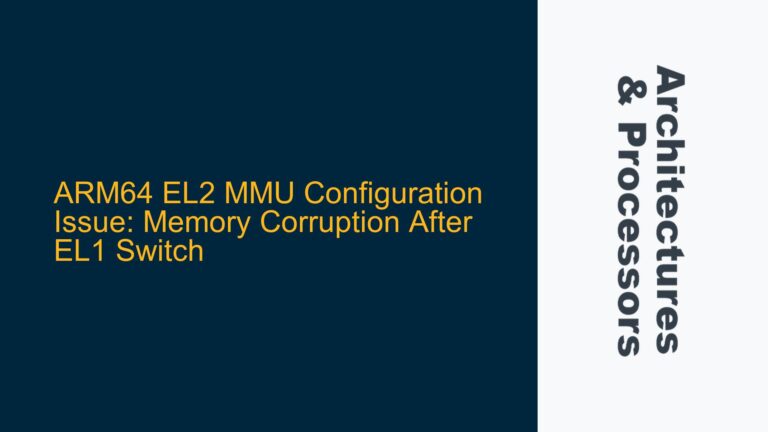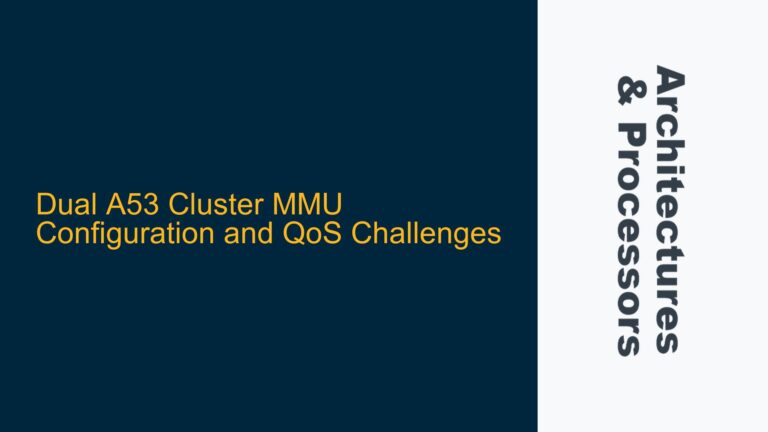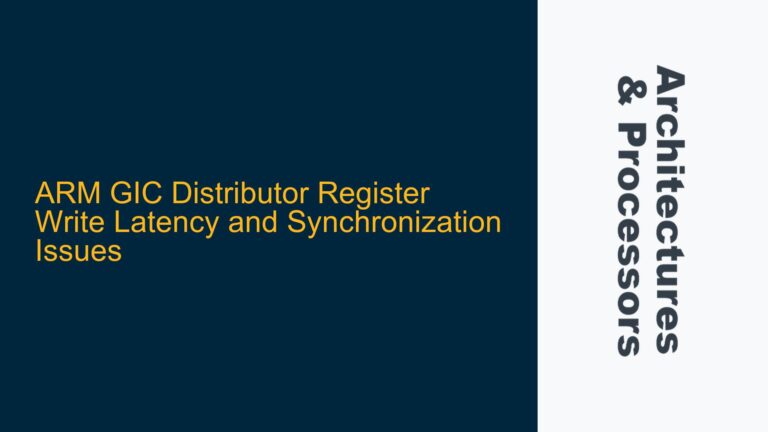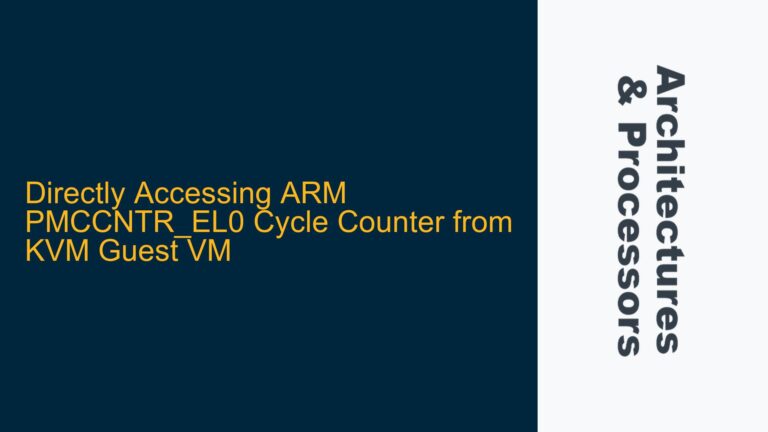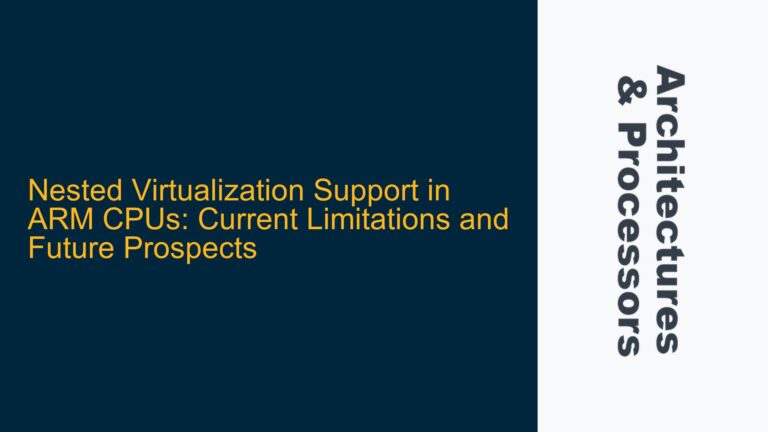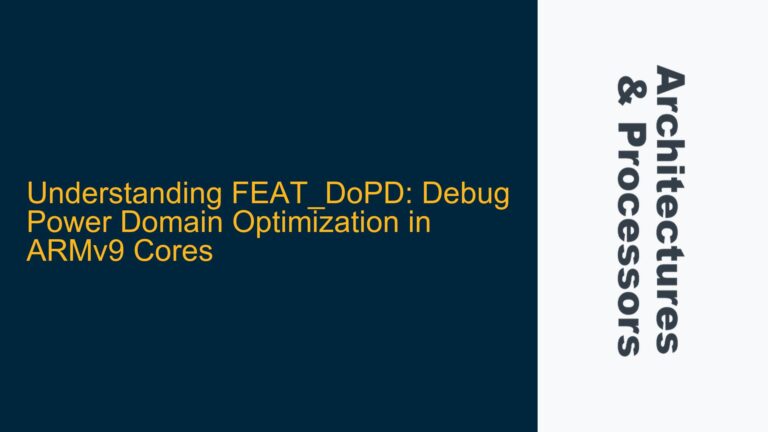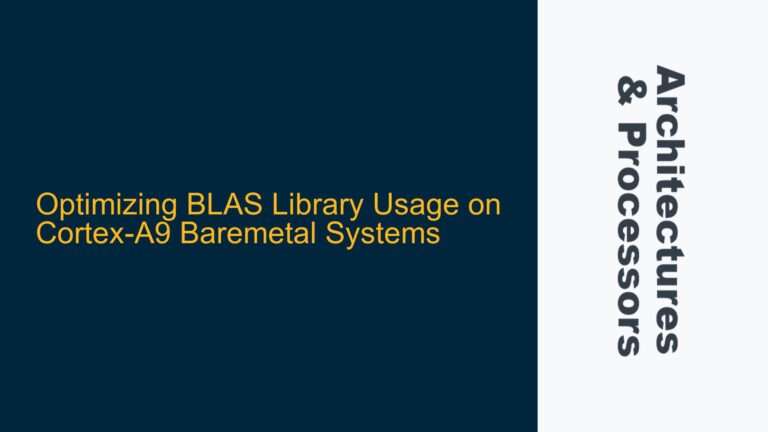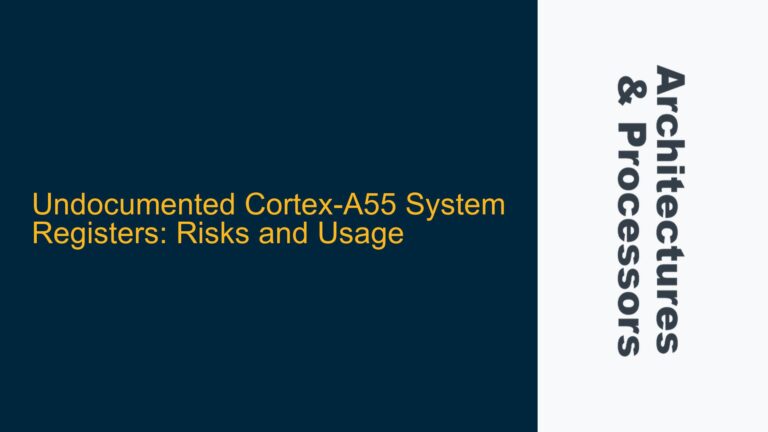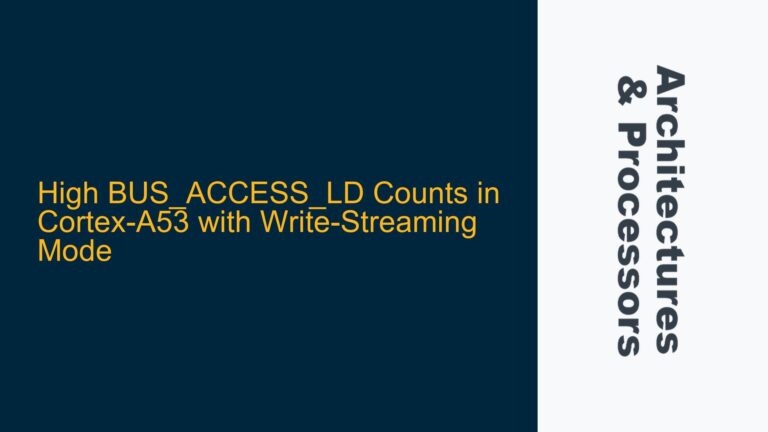ARM AHB Bus Matrix Arbitration Issue: DMA Timing Errors During Concurrent ROM Access
ARM Cortex-M4 AHB Bus Matrix Arbitration and DMA Timing Errors The ARM Cortex-M4 microcontroller, like many ARM-based systems, utilizes the Advanced High-performance Bus (AHB) for communication between masters (such as the CPU and DMA controller) and slaves (such as ROM, SRAM, and SDRAM). The AHB Bus Matrix is a critical component that manages access to…
